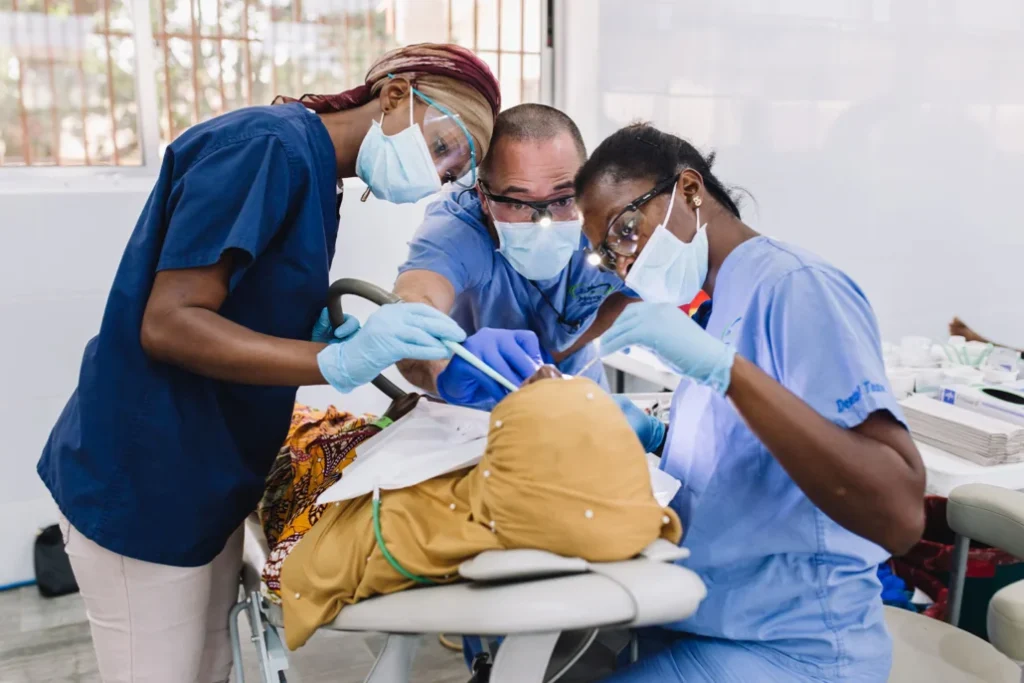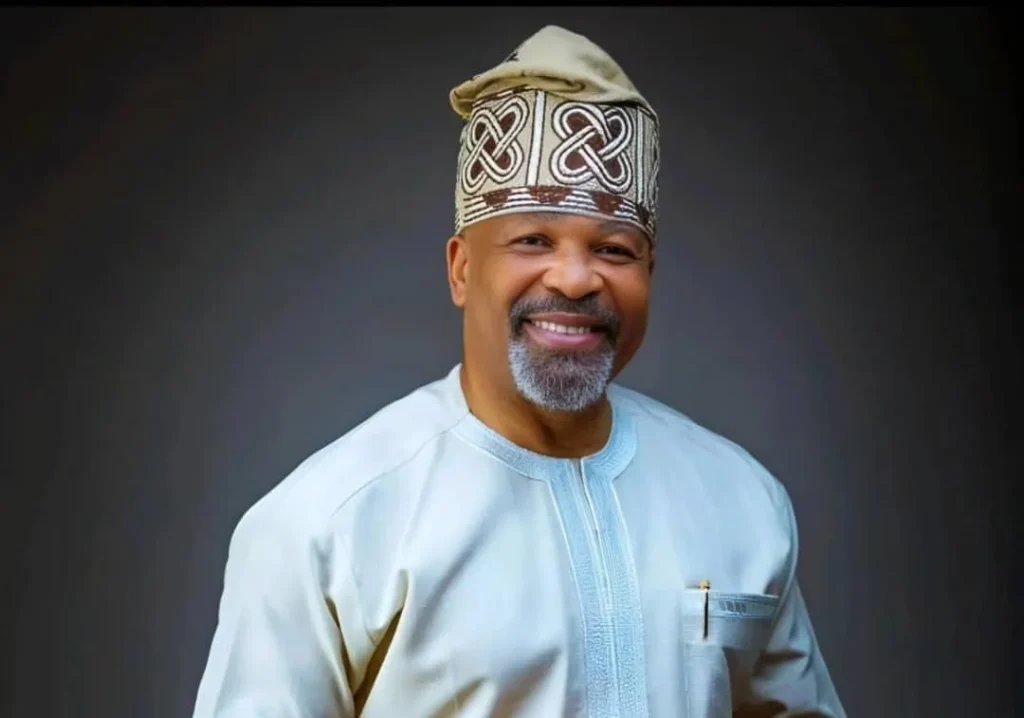Prime Minister Justin Trudeau has announced a formal agreement between the Liberal government and the New Democratic Party (NDP) that will see both parties work together to implement a range of social initiatives—including a national dental care program—in exchange for NDP support on key parliamentary votes until 2025.
“We’ve agreed to collaborate,” Trudeau said during a press conference on Tuesday morning. “This is about focusing on where we align, rather than where we disagree.”
Dental Program to Roll Out in Phases
At the core of the agreement is a new federal dental care plan designed to support low- and middle-income families. The program will begin by providing coverage for children under 12 starting in 2022. It will then expand to include individuals under 18, seniors, and people living with disabilities in 2023, with the goal of full implementation by 2025.
The plan targets families earning less than $90,000 annually. Households making under $70,000 per year will not be required to pay any co-pays. Co-pays refer to the flat fees charged each time someone accesses health services.
NDP Leader Jagmeet Singh emphasized the importance of the new program: “We’re using our power to bring meaningful help to Canadians,” he said. “We’re getting dental care to those who need it, and we’re making prescription drugs more affordable for those who’ve been forced to go without.”
Dental care has been a centerpiece of the NDP’s previous election platforms. During the 2019 campaign, the Parliamentary Budget Officer estimated that the NDP’s proposed dental coverage—which would include preventive and restorative treatments such as cleanings, exams, fillings, crowns, root canals, and non-cosmetic orthodontics—would initially cost $560 million in the first fiscal year. The cost was expected to jump to nearly $1.9 billion the following year due to a surge in addressing untreated oral health issues, then stabilize at around $830 million annually.

Pharmacare, Housing, and Child Care Also Addressed
In addition to dental care, the agreement outlines a commitment to pass a Canada Pharmacare Act by the end of 2023. The legislation would task the National Drug Agency with developing a national list of essential medications and establishing a bulk purchasing system to reduce costs.
Housing is another priority included in the pact. The government will extend the Rapid Housing Initiative—a program aimed at building affordable housing for vulnerable populations—by one year. The Liberals also agreed to reconsider how “affordable housing” is defined. The NDP has proposed a new definition, calling for affordable housing to be priced at no more than 80 percent of an area’s average market rent. This would be a shift from the Canada Mortgage and Housing Corporation’s current guideline, which considers housing affordable if it costs less than 30 percent of a person’s income.
To solidify earlier progress on childcare, the deal includes plans to introduce an Early Learning and Child Care Act by the end of 2022. This legislation would make child care agreements with provinces permanent and ensure that federal funds prioritize non-profit and public child care services.
“We want it to become a permanent part of Canadian society, like Medicare,” said an NDP insider familiar with the agreement.
Broader Social and Environmental Commitments
The cooperation deal also includes broader commitments, such as legislation to improve long-term care in Canada and continued investments in transitioning the workforce toward a greener, low-carbon economy. Indigenous reconciliation is also mentioned as a continued priority, including fulfilling existing promises and improving services in Indigenous communities.
The agreement is being described as a confidence-and-supply arrangement, meaning the NDP has agreed to support the government on confidence votes and budget-related matters, effectively ensuring the Liberals remain in power until the next scheduled federal election in 2025.
However, Singh emphasized that this is not a coalition—no NDP members will sit in Trudeau’s cabinet. He also made it clear that continued cooperation depends on progress.
“We’re not giving the Liberals a free pass,” Singh said. “If they fail to deliver on what we’ve agreed to, the deal ends.”
Accountability Mechanisms Built In
The agreement includes a series of mechanisms to maintain transparency and communication. Trudeau and Singh will meet quarterly, while their respective House leaders will convene regularly. In addition, a dedicated oversight group composed of staff and elected officials will hold monthly “stock-taking” meetings to review progress.
Trudeau stated the arrangement offers Canada a measure of predictability amid global instability.
“In these uncertain times, this agreement ensures a stable and functional government that can present and pass budgets and deliver results for Canadians,” he said, referencing the ongoing conflict in Ukraine as a source of geopolitical and economic concern.
Critics Condemn the Arrangement
Interim Conservative leader Candice Bergen blasted the agreement, calling it a “Justin Trudeau power grab.”
“Canadians woke up this morning to discover they’ve been deceived,” Bergen said. “This is about clinging to power—not doing what’s best for Canadians.”
Bloc Québécois Leader Yves-François Blanchet also criticized the alliance, referring to it as a “false majority.” He argued that the federal government has no jurisdiction to impose national dental or pharmacare programs, saying such moves infringe on provincial authority.
“The foundation of this deal is a federal intrusion into provincial matters,” Blanchet said in French during a parliamentary session.
Trudeau Signals He’ll Remain Leader Beyond 2025
Speculation swirled following the announcement, with some political observers wondering whether Trudeau would step aside before the next election. Addressing the rumors directly, Trudeau said, “I’ve made it clear on many occasions that I intend to continue serving Canadians through and beyond the next election.”
Singh, meanwhile, said the deal evolved out of months of informal talks following the 2021 federal election. “We saw this as an opportunity to use our influence to help people,” Singh explained. “That’s what this agreement is really about—delivering on the things Canadians need most.”
As the deal takes effect, it sets the stage for potentially transformative policy changes on dental care, prescription drugs, affordable housing, and child care—shaping Canada’s social safety net for years to come.





